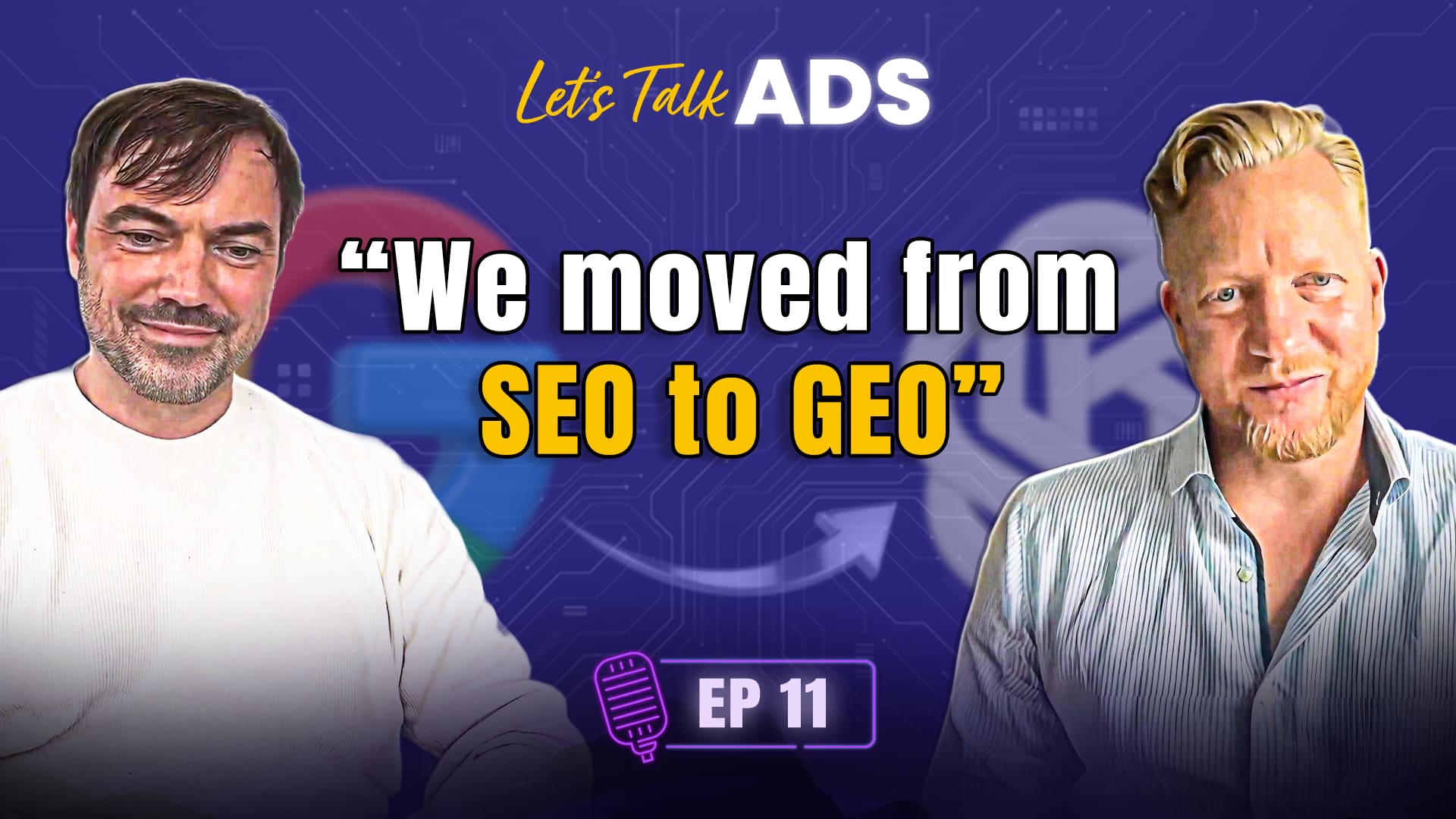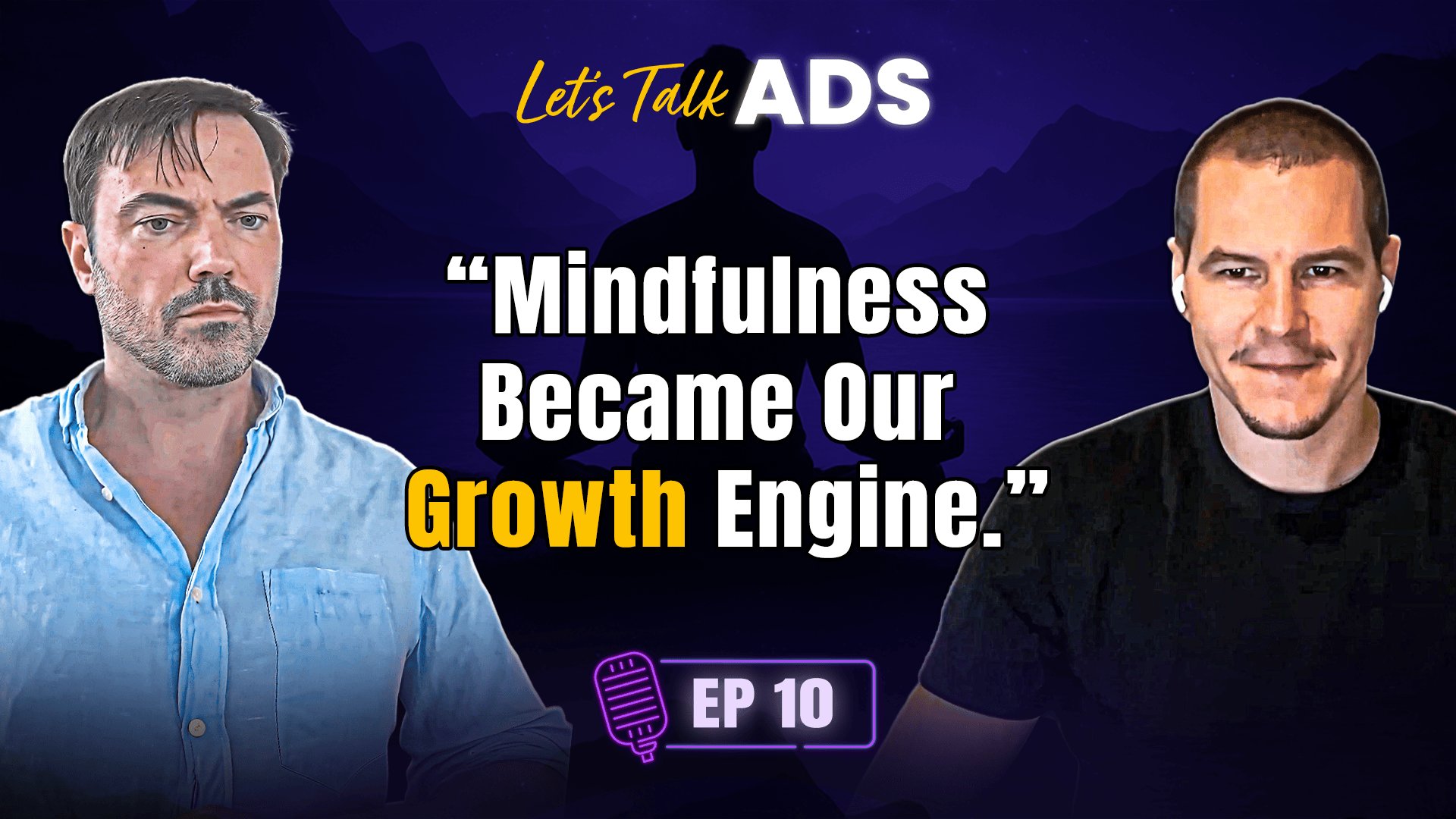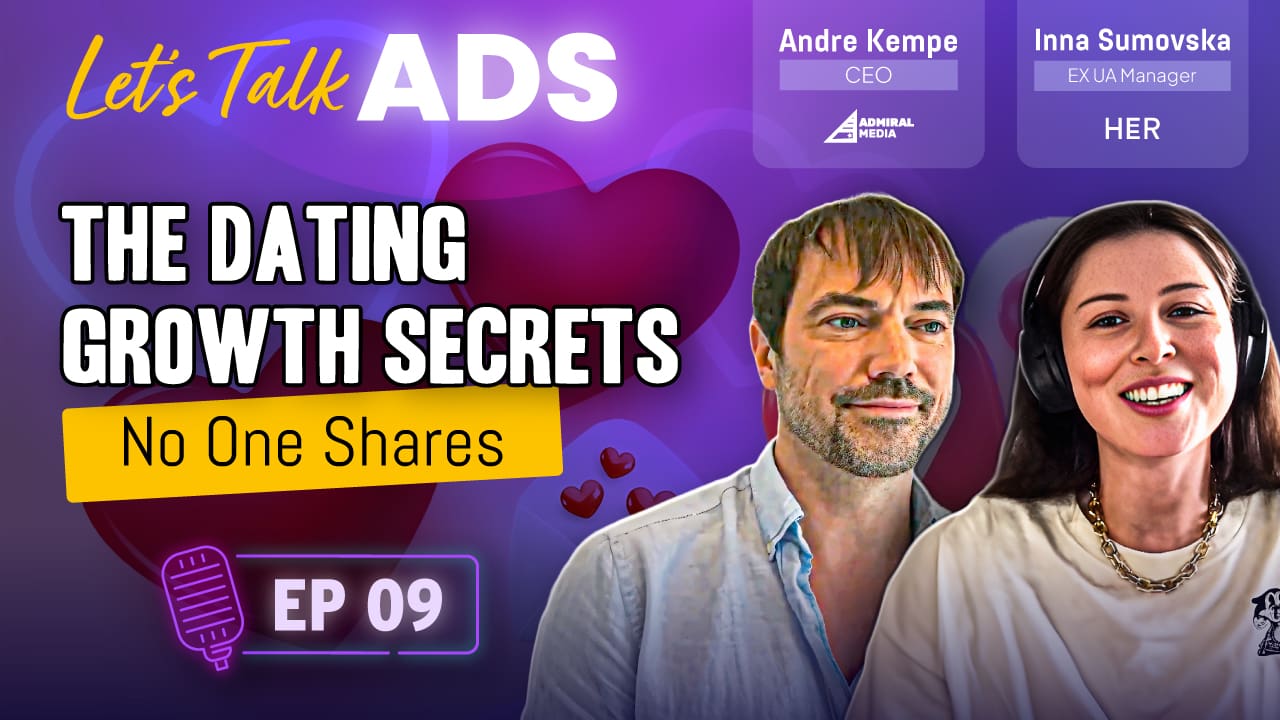Nowadays, the freemium mobile model is one of the most popular methods app developers use to monetize their apps. The freemium approach involves distributing your app for free, while any revenue the developer generates is from in-app purchases. One thing to note here is that majority of the app users will not pay for anything. Statistics show that only 0.5-2% of freemium mobile apps users pay for any in-app purchases. So, why use this monetization method? The freemium method offers one big advantage, it increases the visibility and reaches of your app. People are more willing to download and try an app that is free of cost. This boosts download numbers and depending upon the quality of the app can help it reach the top ranks in the app store. Freemium mobile apps are usually designed with the general appeal in mind. These apps by nature are meant to appeal to a large audience because of the nature of their revenue generation. If an app has an audience of millions, then even the 0.5-2% revenue is highly beneficial. A freemium app with a niche audience will fail to make its money back.
Table of Contents
Deciding on the monetization model
The goal of every business is to make money. If someone spends a lot of time, effort, and resources to develop a well-functioning quality app, they are expecting to make their money back and generate revenue from it. This is why choosing a monetization model for your app is a crucial aspect of every app’s development. It is something that has to be decided pretty early in the app’s development. Freemium apps can generate money in plenty of ways. The most common method is to offer in-app purchases that enhance the experience of the user. Some freemium apps use in-app advertising as a way of generating money. As freemium apps usually reach a big audience, getting advertisement deals isn’t that hard. Some freemium apps rely on subscription services to generate money in the long run. Subscriptions usually guarantee payments by users at the end of a month and are therefore a decent monetization strategy. Most freemium mobile games offer in-game consumable or permanent items to enhance the experience of the player. The model you pick is going to depend upon multiple factors like your budget or profit goals.
App reach and downloads
The success of your app is going to depend upon the size of your audience, i.e. the reach of your app. This is especially true for freemium apps, as they are designed to be reached by a huge audience. While most app developers run paid app campaigns to increase exposure and gain downloads, developing an app with mass appeal is much better as it reduces acquisition costs. A good way to do so is by using marketing tactics like gifting, shares, and invitations. Some games skillfully use this feature by encouraging people to invite their friends. You can also use popular platforms like Facebook to further promote your app and increase its visibility.
In-app purchases
The following are the types of in-app purchases you can implement to generate revenue from a freemium mobile app.
Consumable content
Consumable content refers to the in-app purchases that can be purchased as many times as possible. Users can buy these products and then deplete them instantly by using them for their designated purpose. These items are most prevalent in video games, which use them for generating a constant stream of money. Many freemium mobile games are designed to be quite addictive in nature, and therefore such items are easy to sell. There is no limit to how much users can spend on such items. As long as a user continues to play these games, they will continue to purchase these products. That’s why consumable content is a popular choice for mobile games. These products offer several kinds of in-game perks like hints or extra lives that users can consume during routine gameplay. Some popular mobile games have generated millions in revenue with consumable content items.
Non-consumable content
Compared to consumable content, non-consumable content can only be bought once and then can be used forever. Although this may not seem as beneficial as consumable items, a good and ever-growing collection of in-app products can keep users from making purchases for a long time. Some users may also prefer non-consumable items over consumable items, as they can be used permanently. Such content usually consists of features that can be unlocked to improve user experience. A mobile shooter game can present different guns as non-consumable content. These guns could offer perks like better damage, accuracy, and handling, which if bought, can alter the user experience. It is important to keep the number and variety of these items expanding so that your app can be monetized for a long time.
Virtual currency
Most mobile games implement a virtual currency system that can be used to purchase in-app content. This virtual currency brings in the bulk of the revenue of most mobile games. Virtual currencies are usually designed to be a core part of a mobile game’s experience. Free users can play the game and earn virtual money through gameplay. But most of the good stuff can be purchased quickly by spending a lot of virtual currency pretty early. This is the main hook that captures virtual currency buyers. Apps often sell virtual currency alongside traditional in-app purchases for consumable and non-consumable content.
In-game currency as bundles
Most of the mobile games that use virtual currency often sell said currency in the form of large bundles. This strategy often brings in more revenue than selling currency in small amounts. People that are habitual of spending large amounts of money tend to buy these bundles at a faster rate. Once they are hooked by the advantages these bundles offer in the game, they become a constant source of revenue for app developers. Many games also offer substantial discounts for a limited time to shift more of these bundles.
Time-limited offers or sales
Time-limited offers are not only a great way to bring more users to your app, but they can also help you in converting non-paying users into paying customers. The most common tactic that most apps use is to offer time-limited discounts to new users. New users are often offered great deals on starters and other bundles. This offer could be up to 80% cheaper than the normal price tag. This is a conscious decision on the developer’s part to make sure that the new user turns into a permanent customer. These offers are timed to encourage customers to make their purchases as fast as they can.
Dynamic pricing
One of the most difficult choices a freemium app developer has to make is the pricing of in-app products. Most developers implement static pricing, i.e. each person pays the same amount of money for products. Although some people may be willing to pay your desired prices, some people might think that your prices are very high. One way to deal with this problem is dynamic pricing, as it will ensure that prices are optimized for every user depending upon their region.
Subscriptions
Another way to monetize your freemium app is the use of a subscription model. Such monetization models can prove to be very successful if you have an app that can deliver long-term value for its users. If your app fits the bill and has high user engagement, then the subscription model could turn out to be a good choice for app monetization. Subscription models allow users to get access to exclusive content and features that may not be available to free users. Some apps also give free users premium features for a limited amount of time so that they can experience what they are getting into. This can convince them to subscribe to your app. You can also use the following tactics to boost your subscription numbers:
Offer a free trial
As said above, offering a free trial is the best way to expose users to the premium features of your app. Letting your customers try your product before they can purchase it is a surefire way of building trust in your brand. The amount of time period you want to offer for the trial is your choice. You can experiment with different time periods to see what works best for you.
Use multiple subscription durations
A subscription monetization model only works if the users are going to stay for the long term. Your subscription model should be designed with the purpose to keep people subscribed to your app for as long as possible. One way to test this is by the use of multiple subscription durations. Usually, longer-duration models prove to be more beneficial than short-duration models. If you are running a monthly subscription model, your subscribers can cancel their subscription at any month. On the other hand, if you are running an annual subscription model, they will stick around for at least a year. You can also try experimenting with different prices, like offering a discount on yearly subscriptions to convince people to stay longer.
Use multiple subscription levels
Some apps also offer multiple subscription levels to their users. This includes separating your app’s features into separate tiers. The user can then decide which tier they want to subscribe to. In this way, people can subscribe to the tier that meets their demands. Not everyone would require the use of every feature your app has to offer. Therefore, subscription levels will allow people to select a plan appropriate for their needs. It also allows you to set your prices in a more targeted way.
In-app advertisements
Another way of generating revenue from a freemium app is by using advertisements. Some freemium apps rely only on advertisements to generate money. This is only possible if your app has a high user count and level of engagement. Some apps use ads in addition to subscription models to supplement their revenue. Some of the ad types you can use include:
Banner ads
Banner ads are the most popular and frequently used type of mobile ad. They don’t generate much revenue as other ad formats, but their popularity stems from their ease of implementation. They are displayed either at the top or bottom of a screen and usually come in the 320 by 50-pixel format. As they cover only a small portion of the screen, they don’t disrupt the user experience in any substantial way. You can also try the 300 by 250 rectangular ad format that you could show at transitional phases in your mobile app.
Interstitials
These ads cover the whole screen, forcing the user to either click them or close them. These ads generate more revenue than banner ads, as they can’t be easily ignored. This ad could be implemented in transitional phases in your mobile game or app. It is smart to restrict such ads to transitional phases only, as it makes sure that they don’t disrupt the user experience.
Reward videos
These are one of the most profitable ads used by freemium apps, especially games. Most games have an in-game virtual currency that can be either obtained by playing the game or by purchasing through real-world money. Such games usually use reward video formats which can be watched by users to earn a small amount of in-game currency. As the user actively decides to watch the ad, these prove to be most engaging and beneficial overall.
Conclusion
In short, the freemium monetization model can be highly beneficial if your app offers long-term value to customers and has a high level of user engagement. This format allows your app to be reached by a large audience and greatly boosts your download numbers. You can monetize your freemium apps by in-app purchases, subscription models, and advertisements.



